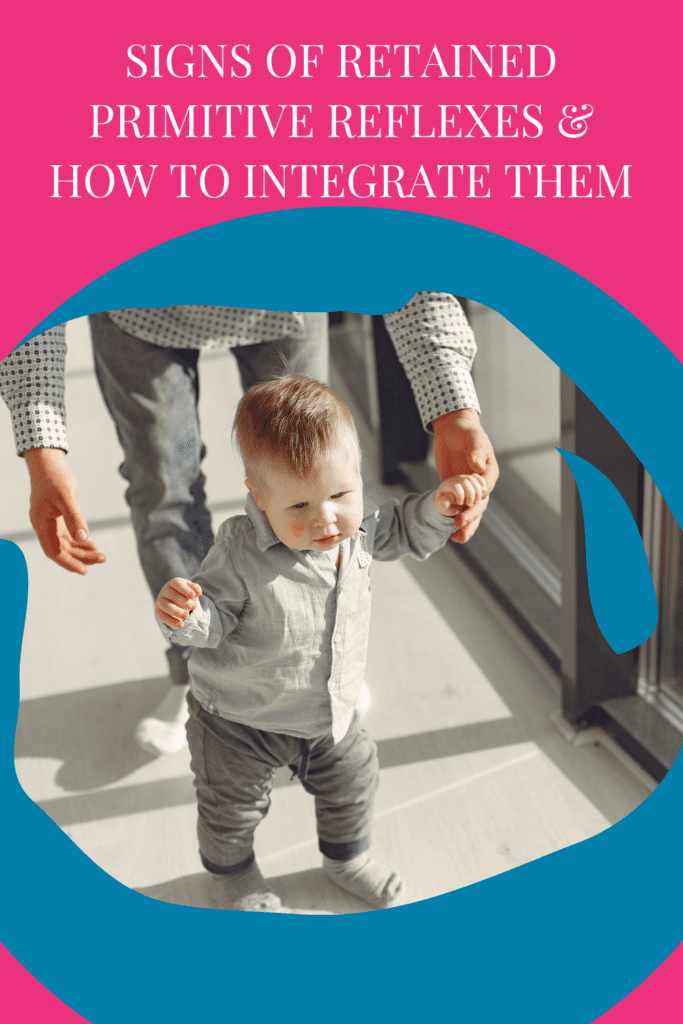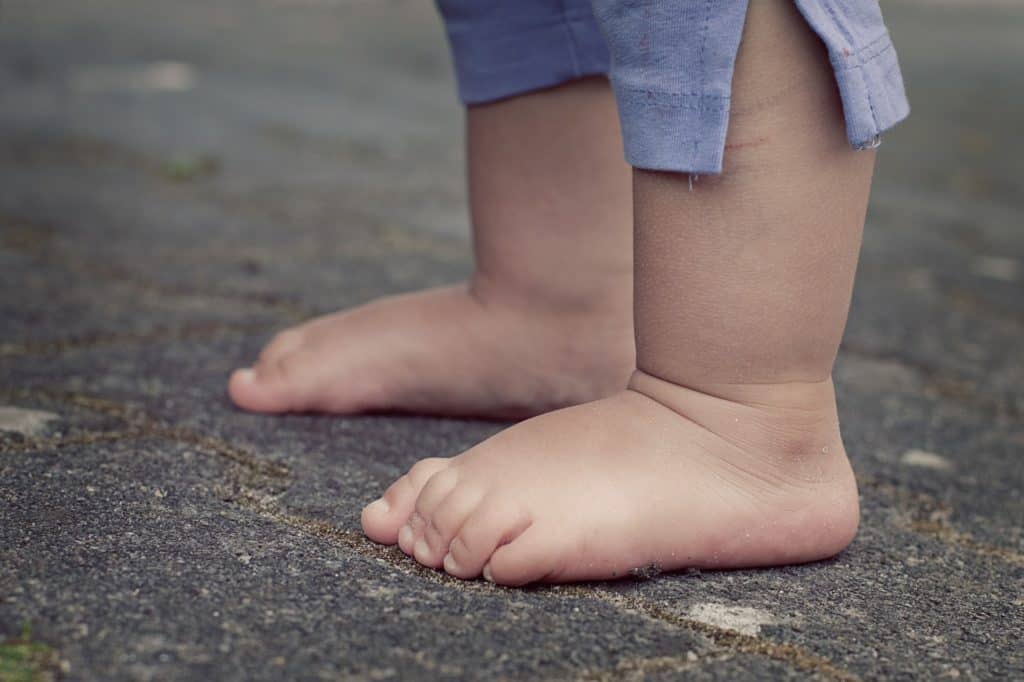In my last article I described the primitive reflexes that are part of your child’s ‘baby brain’ and how they can prevent the development of higher brain levels. After about twelve months, these reflexes should integrate with the development of more complex movements.
When they don’t disappear (known as integration), they can interfere with the higher level brain processes that are necessary for effective learning, focus and emotional regulation; this can be one of the factors in ADHD, Learning Disabilities and Sensory Processing Disorder.
Retained Reflexes Creates Learning ‘Blocks’
This happens because when reflexes are retained, there are glitches or major impacts on the postural reflexes being developed. The development of postural reflexes require the midbrain and this development indicates that the central nervous system is maturing.
In a nutshell, these postural reflexes cannot fully develop as long as there are primitive reflexes that are retained. These postural reflexes make it possible for the brain to develop more complex neural pathways as your child’s sensory-motor system is stimulated with environmental interaction: movement, smell, touch, sight, balance, and proprioception (body awareness).
What Causes them to be Retained?
Various factors contribute to a reflex not being properly integrated such as C-Sections, traumatic births, low birth weight and even toxicity.
In recent years, a sudden shift in how our infants are being raised has resulted in infants moving too quickly through milestones or skipping them entirely due to insufficient floor time. Baby holders like walkers, saucers, swings, car seats and strollers mean babies get less tummy time to roll, creep and crawl compared to any other time in our evolution. Tummy time is crucial for integrating the reflexes that are part of your child’s baby brain thereby impacting optimal brain development.
Common signs of retained primitive reflexes are:
- Poor balance, coordination, fine motor or gross motor skills
- Poor posture, slouches when sitting, awkward gait
- Impulsive, difficulty with focus and attention
- W-Sitting
- ADHD, LD, autism diagnosis
- Bed wetting after age 5
- Walks on toes
- Poor eye tracking, reading difficulties
- Fidgeting
- Poor pencil grip/handwriting
- Motion sickness
- Hyper-reactive/ hyper-sensitive
- Fussy eater
- Speech difficulties
- Poor short-term memory
Key Exercises to Integrate Them
1) Crossover Exercises – Exercises that cross the left side of the body with the right mimics crawling. This crossover improves communication between the left and right brain hemispheres. Have your child use their left hand to touch their right knee or foot and vice versa. See my Youtube channel to see examples.
2)Starfish – Have your child sit in a chair and open their legs and arms out like a starfish and then cross over by crossing right leg over left leg and right arm over left arm. They should be doing this all at the same time, then opening up again and then this time doing the opposite side for a total of twenty.
3)Snow angels – This helps to integrate a reflex commonly seen in children with ADHD, autism as it causes hyper-responsiveness. It’s exactly as it sounds – the child lays on the ground and makes twenty snow angels.
4)Superman – Have your child lay on their belly and lift only their legs and arms off the floor and have them hold it as long as possible. This helps to strengthen their gross motor muscles, particularly their core muscles.
5)Ball squeeze – Have your child squeeze a small ball ten times on each hand.
If you want to learn more about how you can help your child move beyond the limitations of IEPs, medication and endless tutoring – then set up a free twenty minute Better Brain Breakthrough Session.
We can chat, you can tell me about your child’s unique challenges and I will help you uncover three steps you can take today to help them reach their full potential.
Sources:
Blomberg, Harald: The Rhythimic Movement Method: A Revolutionary Approach to Improved Health and Well-Being
Brandes Bonnie: The Symphony of Reflexes: Interventions for Human Development, Austim, ADHD, CP, and Other Neurological Disorders
Dennison, Paul: Brain Gym
Melillo, Robert: Disconnected Kids


